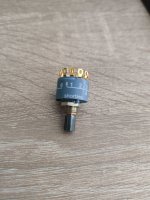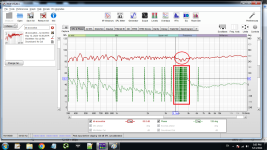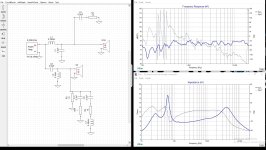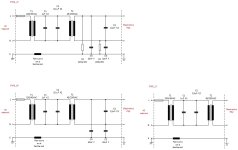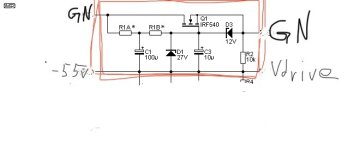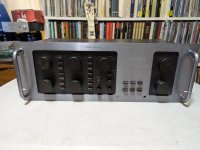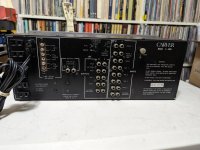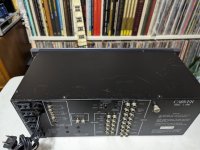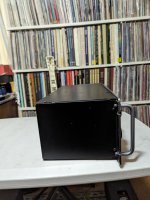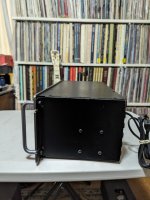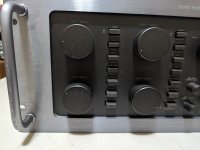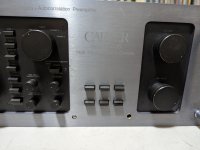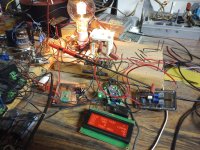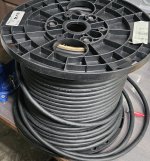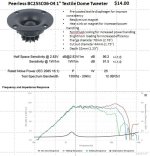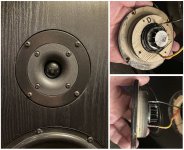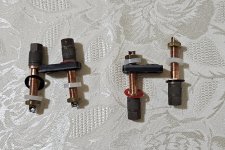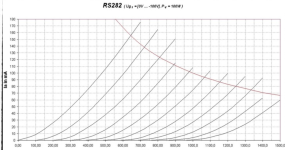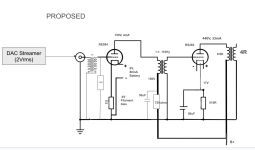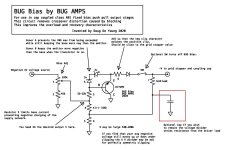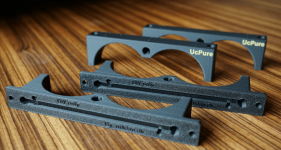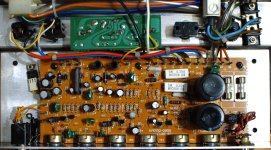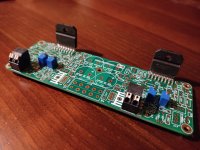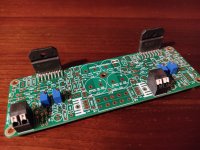OPA1612 from Aliexpress, no counterfeit but why so cheap?
- By gamerpaddy
- Parts
- 54 Replies
After working with some OPA1612 on my recent Topping PA5 D01 Module replacement project (at ASR),
a friend sent me a few OPA1612 opamps he ordered when they were in stock since i couldnt get them anywhere.
alongside with some aliexpress el`cheapos for like 2 buck a piece instead of 7..8 bucks for a genuine part.
i expected them to put some cheap crap in there, so i didnt wanna use them.
but was curious whats in there, so i opened one up.. surely they have put a tl072 or ne5532 in and relabeled it..
turns out, after extracting the Silicon Die, they are genuine.
Do they not meet the manufacturers specifications and are rejects or something else?
nothing my budget equipment can measure, but they worked fine, didnt have any louder hiss than the original parts and didnt oscillate or anything, even power draw was about the same.
this was from two different sellers at two difference price points on aliexpress, it doesnt mean everyone on there sells genuine parts.
i now ordered some more for like 80 cents a piece to see, whats going on with them. gotta wail til they arrive.
hearing them vs. the genuine part thats in spec, isnt conclusive either, its differences are so minor, my ears cant pick them up.
Original (mouser):
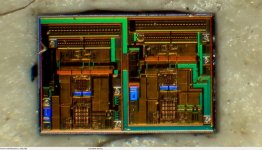
from a device that used them (actually the topping i mentioned above, extracted from the module)
, the damage to the right might be due to my extraction methods.. this chip is barely a millimeter in height and im not using any chemicals.

Aliexpress seller 1
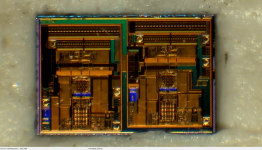
Seller 2
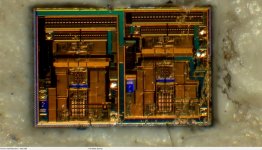
(zoomed out, not to scale anymore)
for comparison, a genuine OPA1656
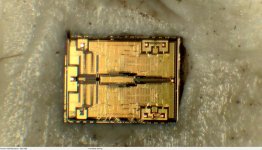
Ti NE5532
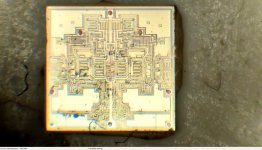
TL072
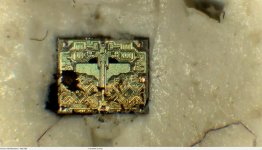
a friend sent me a few OPA1612 opamps he ordered when they were in stock since i couldnt get them anywhere.
alongside with some aliexpress el`cheapos for like 2 buck a piece instead of 7..8 bucks for a genuine part.
i expected them to put some cheap crap in there, so i didnt wanna use them.
but was curious whats in there, so i opened one up.. surely they have put a tl072 or ne5532 in and relabeled it..
turns out, after extracting the Silicon Die, they are genuine.
Do they not meet the manufacturers specifications and are rejects or something else?
nothing my budget equipment can measure, but they worked fine, didnt have any louder hiss than the original parts and didnt oscillate or anything, even power draw was about the same.
this was from two different sellers at two difference price points on aliexpress, it doesnt mean everyone on there sells genuine parts.
i now ordered some more for like 80 cents a piece to see, whats going on with them. gotta wail til they arrive.
hearing them vs. the genuine part thats in spec, isnt conclusive either, its differences are so minor, my ears cant pick them up.
Original (mouser):

from a device that used them (actually the topping i mentioned above, extracted from the module)
, the damage to the right might be due to my extraction methods.. this chip is barely a millimeter in height and im not using any chemicals.

Aliexpress seller 1

Seller 2

(zoomed out, not to scale anymore)
for comparison, a genuine OPA1656

Ti NE5532

TL072

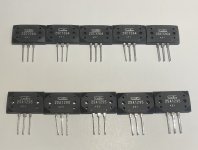


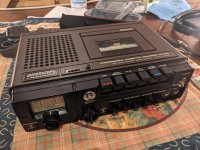
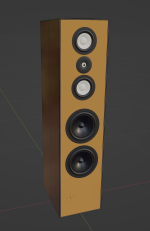
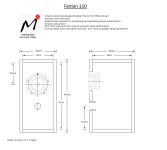
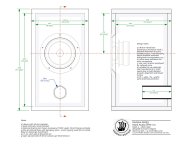
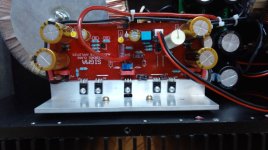
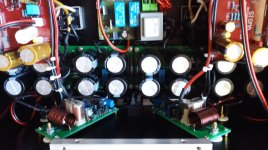
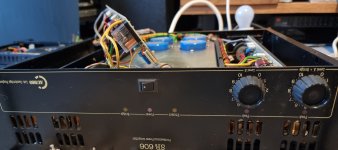
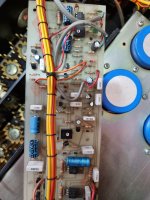
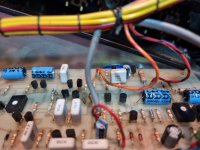
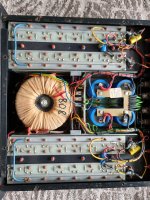
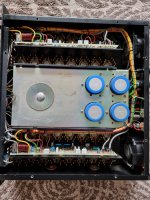
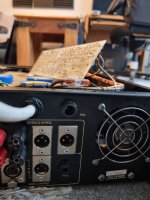

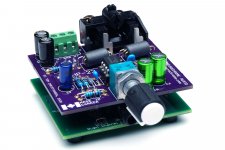

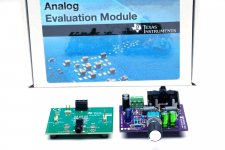
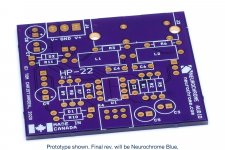
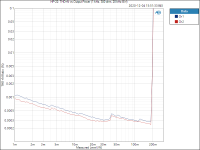
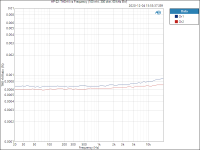
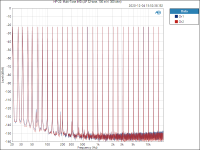
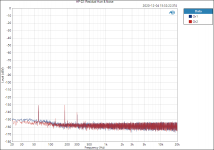
 Looks like the worldwide stock of J113 might drop a bit! If this is being discussed elsewhere, let me know!
Looks like the worldwide stock of J113 might drop a bit! If this is being discussed elsewhere, let me know!

